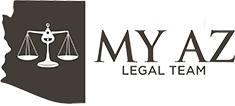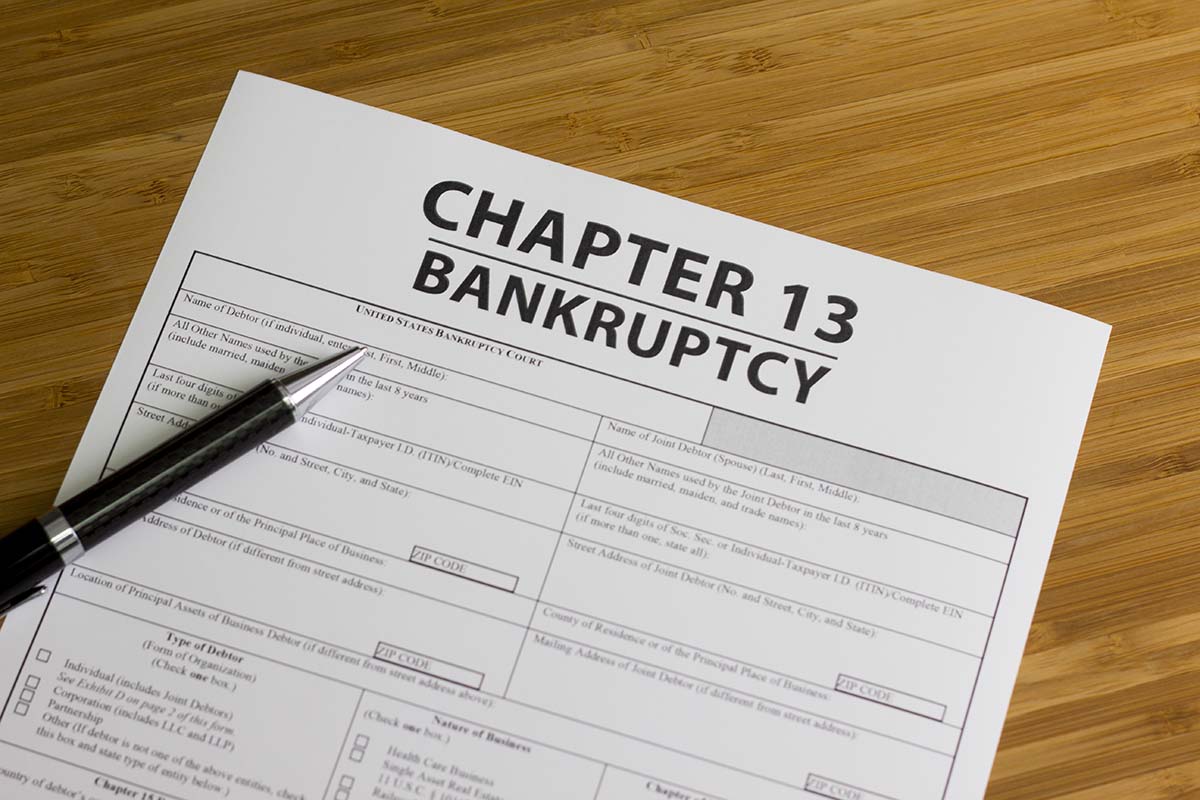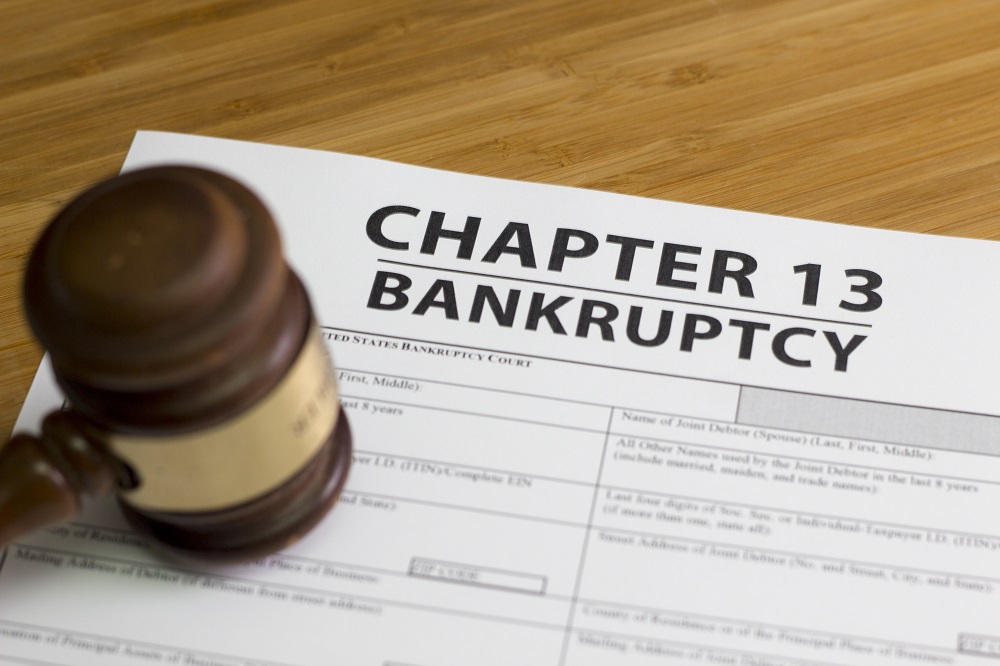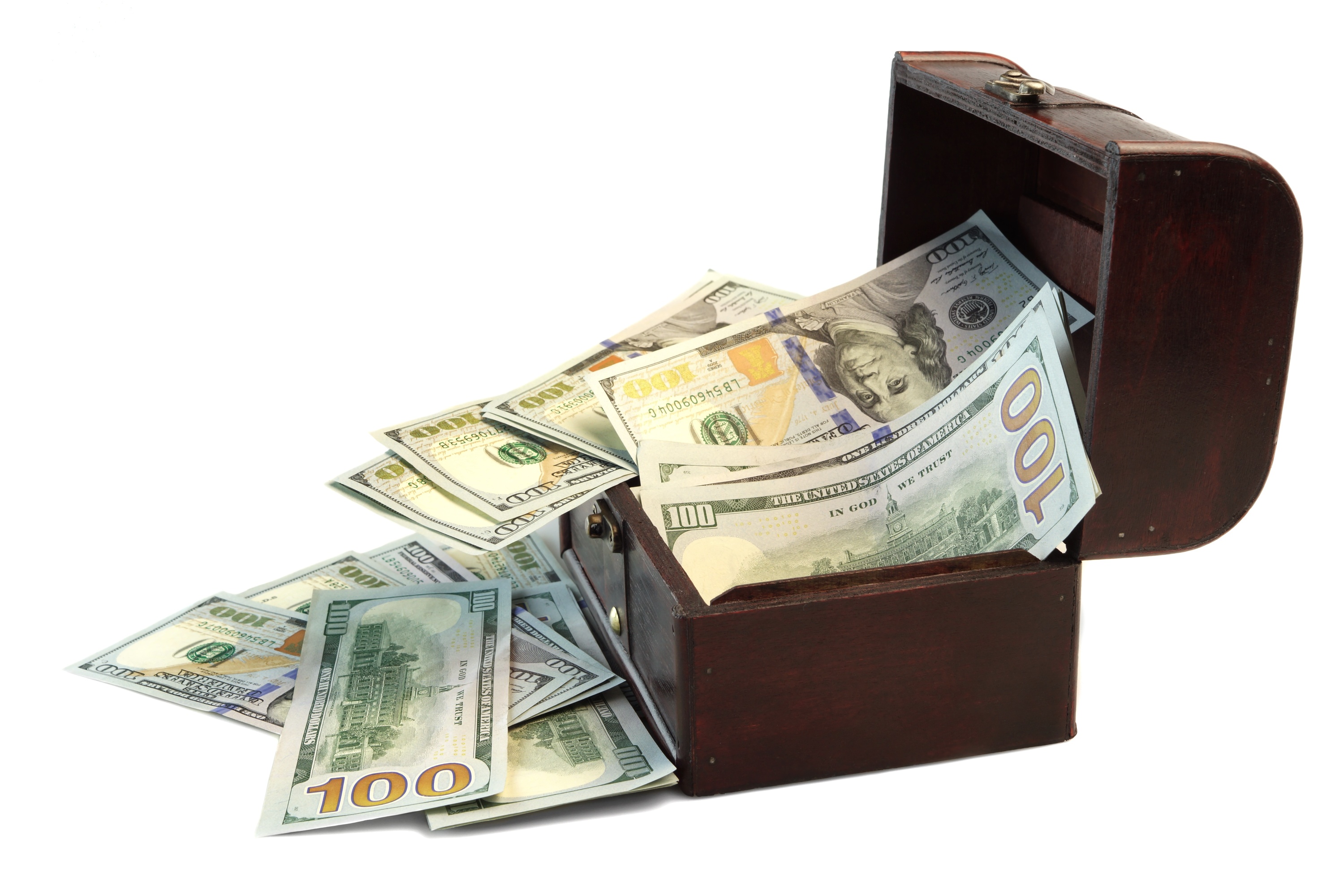If you filed a bankruptcy petition under Chapter 13 you probably are in the process of making a repayment plan or you already had the court approve your repayment plan. A Chapter 13 bankruptcy is different from a Chapter 7 bankruptcy because it lasts longer (three to five years) and it does not involve liquidating your assets. Instead, you create a court-approved repayment plan that lasts many years where you pay back your creditors in a way that works for you over time.
However, circumstances change.A� A lot of unexpected events can happen in three to five years that could land you in a very different financial situation than you were in before. For example, you may have more money or less money than you started out with when you created your plan. In these situations, it may be beneficial to stop your repayment plan.
Is there a way to cancel my Chapter 13 repayment plan?
There may be a way out of your Chapter 13 repayment plan depending on what your change in circumstances in. For example, if you now have less money than you anticipated and cannot keep current on your payments, the court may grant you a temporary financial emergencyA� and try to explain to the court why you need more time to catch up on your payments.1 However, if you really cannot keep up with your payments, you may be able to ask for a hardship discharge.2 There are certain requirements for this discharge if you plead it to a Chapter 13 judge. That is, you must have paid the same amount toward your plan as you would have paid creditors in a Chapter 7 bankruptcy.3 This amount is not set in stone – it depends on how many assets you have and how much debt you had. If you cannot get a hardship discharge, it is best to think of converting to a Chapter 7 bankruptcy.
Converting to a Chapter 7 Bankruptcy
In order to qualify for a Chapter 7 bankruptcy, you have to pass the means test. This means that your income has to be below a certain threshold depending on your family size. In order to convert a Chapter 13 case to a Chapter 7, you must not have had a Chapter 7 bankruptcy discharge in the last eight (8) years.4 If you meet this criteria, you can file a Notice of Conversion with the court and pay a conversion fee.5 Once you successfully convert to a Chapter 7, you will have to follow all the Chapter 7 procedures. This includes a meeting of creditors and amending your petition forms or adding to certain bankruptcy schedules.6
Modifying Your Chapter 13 Repayment Plan
You may also have the option to modify your Chapter 13 bankruptcy if your repayment plan is not working for you. If you need to change your plan, you should contact a bankruptcy attorney who will file a motion to modify your plan after confirmation. You will most likely have to attend a hearing on the confirmation.7 Post-confirmation modifications mean that your plan has been confirmed but you need to change something such as reduce your payments or extend your time for payments.8
Dismissal
If you still cannot keep up with your three to five year plan, your bankruptcy trustee may be forced to dismiss your case so your creditors can reinstate their collection efforts.9 If your case is dismissed you always have the option to refile your bankruptcy. You will lose some of your earlier benefits because you have to file a new petition schedule and plan based on your situation, pay new filing fees, take credit counseling, and explain your new situation to the court.10 A�A�
Find out more on how to stop your Chapter 13 repayment plan by an experienced Phoenix bankruptcy lawyer at Ariano & Reppucci.
[1] Baran Bulkat, Options If You Can’t Make Your Chapter 13 Plan Payments, nolo.com, http://www.nolo.com/legal-encyclopedia/options-cant-make-chapter-13-bankruptcy-plan-payments.html (last visited Dec. 18, 2014).
2 Id.
3 Seeking A Hardship Discharge In Chapter 13 Arizona Bankruptcy, trezzalaw.com (Nov. 30, 2012), https://trezzalaw.com/seeking-a-hardship-discharge-in-chapter-13/.
4 Baran Bulkat, Converting a Bankruptcy Case from Chapter 13 to Chapter 7, alllaw.com, http://www.alllaw.com/articles/nolo/bankruptcy/converting-case-from-chapter-13-chapter-7.html (last visited Dec. 18, 2014).
5 Id.
6 Id.
7 How to Modify a Chapter 13 Bankruptcy Repayment Plan, scottlawgroup.com, http://scottlawgroup.com/how-to-modify-a-chapter-13-bankruptcy-repayment-plan/ (last visited Dec. 18, 2014).
8 Selected Issues of Law Regarding Post Confirmation Plan Modifications, abiworld.org, http://www.abiworld.org/committees/newsletters/consumer/vol6num6/Chapter_13_Plan_Modifications.pdf (last visited Dec. 18, 2014).
9 Bankruptcy Aftermath: What to Do When You Have Fallen Behind in Your Arizona Chapter 13 Bankruptcy Payment Plan, azlaw.com, http://www.azlaw.com/blog/bankruptcy-aftermath-az-chapter-13-dismissal.cfm (last visited Dec. 18, 2014).
10 Kathleen Michon, Refiling If Your Chapter 13 Case Is Dismissed For Non-Payment, the bankruptcysite.org, http://www.thebankruptcysite.org/resources/bankruptcy/chapter-13/refiling-if-your-chapter-13-case-was-dismissed-for-non-payment (last visited Dec. 18, 2014).




